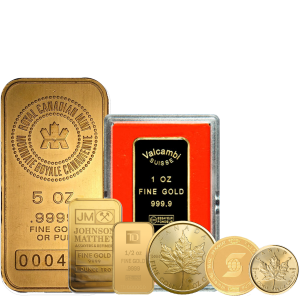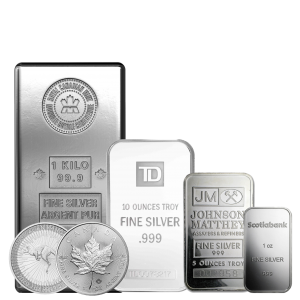

Draped Bust Cent (1796 - 1807)


Image Courtesy of Professional Coin Grading Service (PCGS.com)
Overview
The Draped Bust Cent, which was made from 1796 to 1807, is a good example of an important time in American coin history. It was in the middle of the year 1796 when the Draped Bust cent was released as a replacement for the Liberty Cap design that had been in use up to that point. Following the introduction of the new obverse, three unique reverses were released. All these reverses continued to be issued until 1807. Both a Stemless reverse and a LIHERTY obverse are present on the 1796 large cent. The LIHERTY obverse depicts the "H" as a B over an inverted B. Big cent with standard and stemless reverses, as well as gripping and plain edges, may be found among 1797. These cents can also be found with plain edges. 1798 was the year that saw the introduction of the 8 over 7 variety, which is generally regarded as the first instance of the type becoming considered obsolete. This was done in 1798 to enhance Liberty's beauty, and it involved making some modest adjustments to her hair. The Draped Bust Cent went through many different types of changes during its production life, such as the ones below:
- • During the years 1796 to 1800, the reverse of the first issues had a tiny wreath and was referred to as the "Reverse of 1794."
- • This design changed over the years 1800 to 1807, becoming a bigger, more complicated wreath known as the "Reverse of 1797."
- • There were also some slight variations in the text, die variants, and striking quality of the cent because the minting technology during the period was somewhat basic.
The design of the Draped Bust Cent designed to help coin design in the United States evolved was one of the most significant ones. This event also helped to bring attention to the move toward more detailed portraits and artistic features, which set the stage for how future US coins will look.
People who collect Draped Bust Cents feel like they have a link to the early days of the United States of America. It gives you an idea of the quality of the work and the challenges that the National Mint had when it first started out. Because of this, this old coin is still one of the most sought-after pieces of early American numismatic history.








